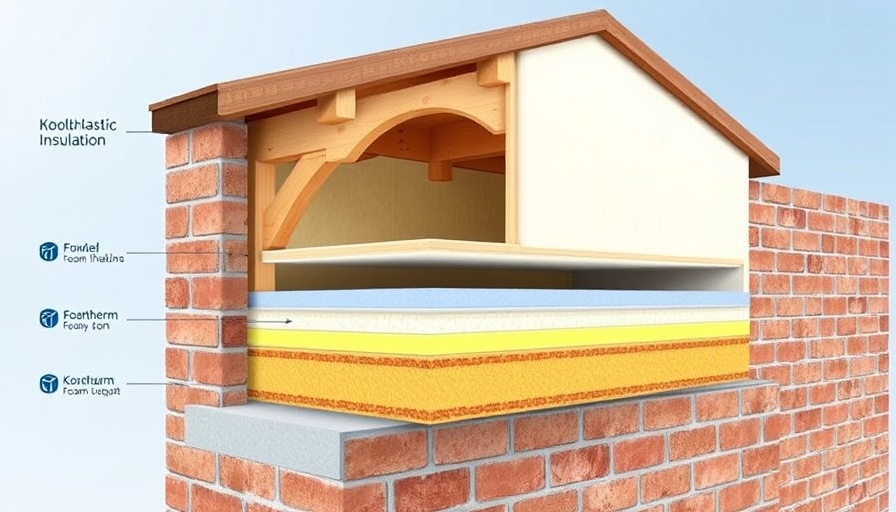
Revolutionizing Textiles: Epson's Collaborative Leap with HKRITA
Epson, in partnership with The Hong Kong Research Institute of Textiles and Apparel (HKRITA), is pioneering an innovative approach to tackle textile waste through the development of a silk-like regenerated cellulose fiber derived from waste cotton. As environmental sustainability becomes an increasingly pressing concern within the textile industry, this collaboration marks a significant step towards reducing the impact of discarded clothing.
The Technology Behind the Transformation
The creation of this new regenerated fiber stems from a strategic partnership that began earlier in 2024. By utilizing a unique production process that combines Epson’s proprietary Dry Fibre Technology with HKRITA’s fiber-dissolving technology, the joint venture effectively transforms unwanted cotton fabric into high-quality fiber.
The three-stage process involves first defibrating the discarded fabric into a powder, followed by dissolving it in a solvent. Finally, the resulting solution is extruded through a nozzle and solidified in a coagulation bath to yield the final fiber product. This method not only enhances the characteristics of the fiber but also addresses the environmental challenges associated with textile waste.
Driving Sustainability in Fashion
As clothes continue to be a major contributor to landfill waste globally, the introduction of regenerated fibers is a promising solution. In Europe and beyond, there is a growing movement aimed at integrating more sustainable materials into fashion. The new silk-like fiber is anticipated to be used in luxurious textiles like scarves and neckties, enabling brands to present elevated products while being environmentally responsible.
According to HKRITA’s CEO, Jake Koh, this endeavor not only solves pressing environmental issues but also reimagines the possibilities of textile manufacturing. With enhanced practices and sustainable processes, the collaboration between Epson and HKRITA is setting a benchmark for future initiatives.
Future Implications for the Textile Industry
The approach taken by Epson and HKRITA is indicative of a broader trend in the fashion industry that prioritizes sustainability. With rising consumer demand for eco-friendly products, brands are increasingly seeking innovative methods like this to minimize their environmental footprint. The positive implications of this partnership could redefine production practices, making the adoption of regenerated fibers more commonplace in the industry.
This initiative may serve as a catalyst for further research and development in sustainable textile technologies, pushing the agenda for circular fashion and resource efficiency. The potential increase in clothing recycling rates due to the capability to utilize all fiber waste sets an example for how technical advancements can drive sustainable practices across sectors.
Conclusion: A Collaborative Path Towards Sustainability
The collaboration between Epson and HKRITA stands as a testament to how technological innovation can lead to impactful environmental solutions. As they continue to work on advancing regenerated fibers, the fashion industry moves closer to addressing its waste crisis while providing consumers with high-quality, eco-friendly alternatives. This partnership is truly a forward-thinking stride toward sustainable fashion practices that could inspire others to follow suit.
 Add Row
Add Row  Add
Add 




Write A Comment